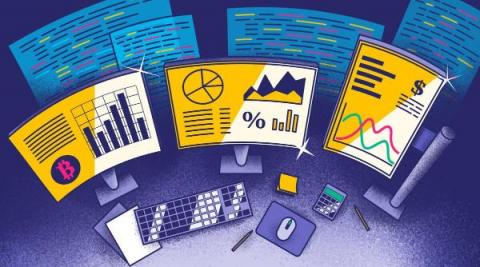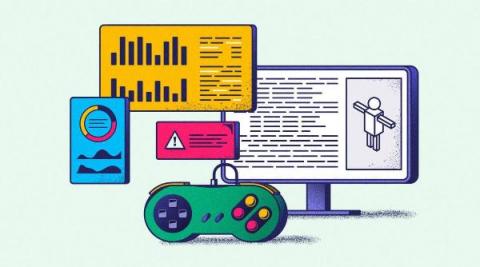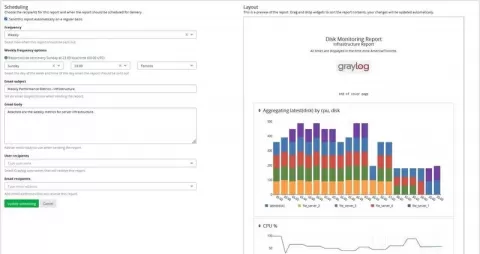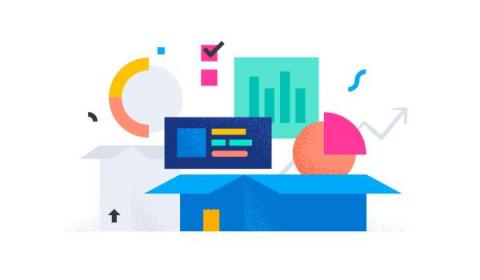Track and triage errors in your logs with Datadog Error Tracking
Reducing noise in your error logs is critical for quickly identifying bugs in your code and determining which to prioritize for remediation. To help you spot and investigate the issues causing error logs in your environments, we’re pleased to announce that Datadog Error Tracking is now available for Log Management in open beta.










